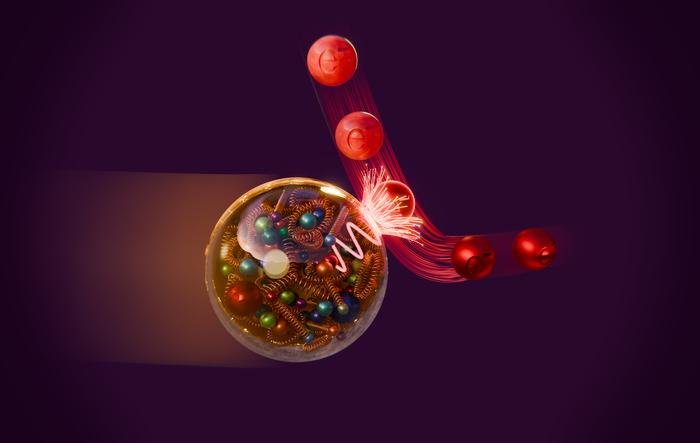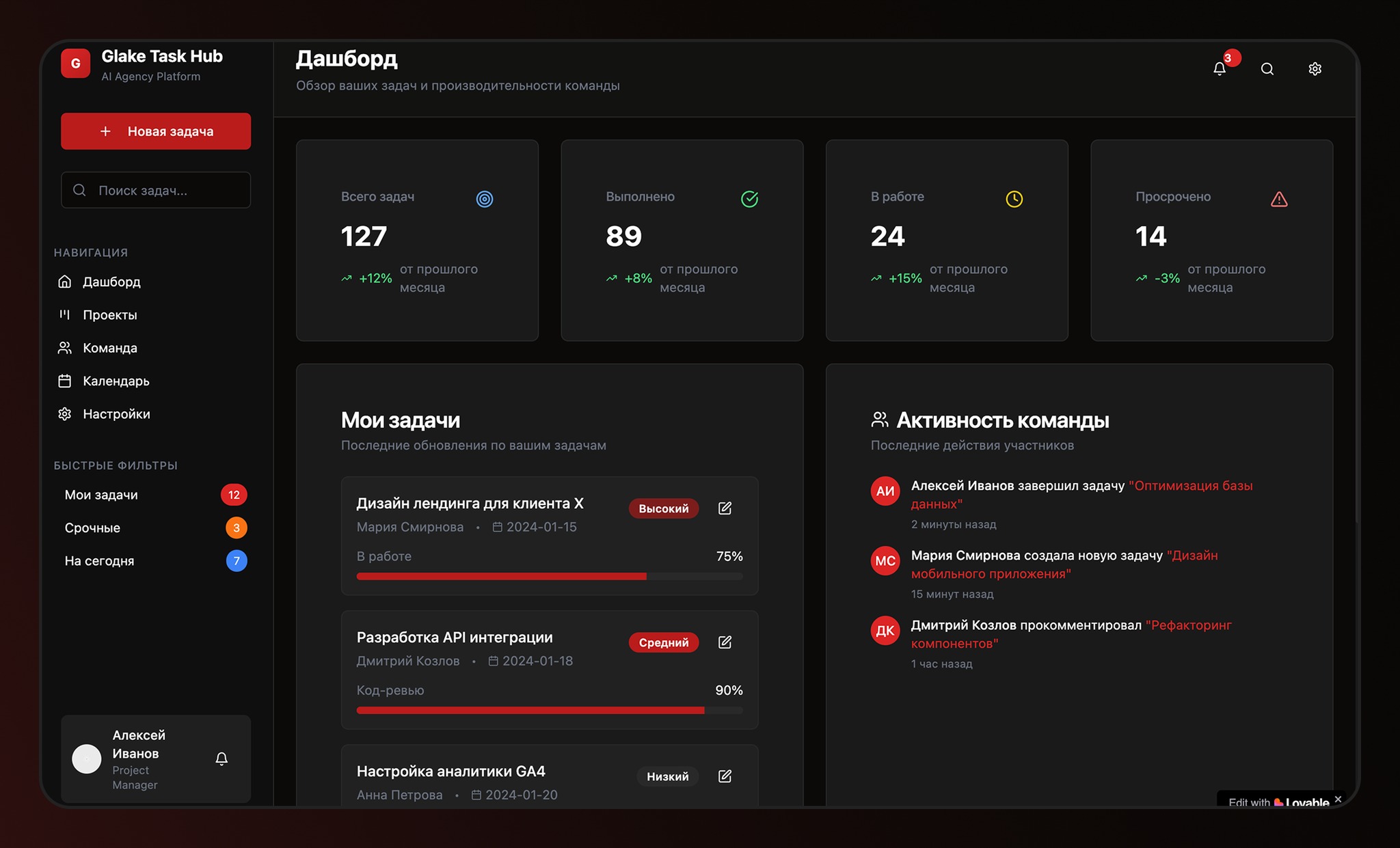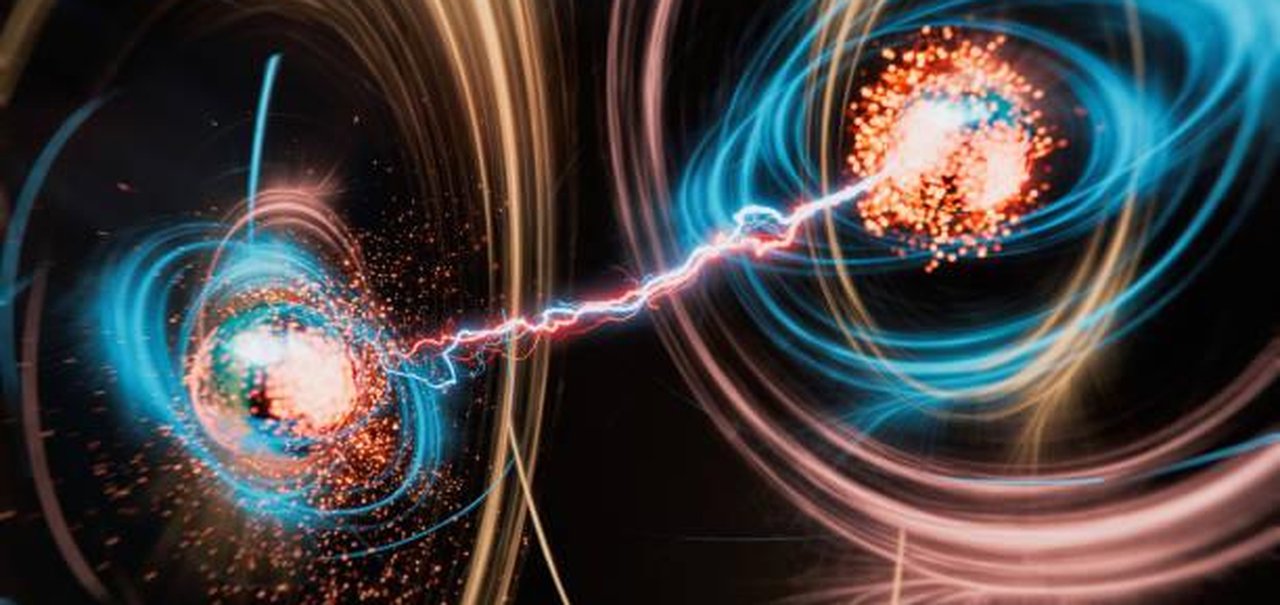A group of researchers from the United States Department of Energy’s (DOE) Brookhaven National Laboratory conducted experiments to analyze protons and better understand their internal processes. The results show that Quarks and gluons within these particles play a role in a characteristic phenomenon of quantum mechanics: quantum entanglement.
Quantum entanglement was first observed in the mid-1970s during experiments aimed at learning more about subatomic particles. Although scientists have studied this phenomenon before, they have found no evidence that it occurs in protons.
How did they manage to reach this discovery? Physicists have developed a new approach to analyze data from high-energy particle collisions and explore the interior of protons. Using this technique, the authors mapped the tracks left by the particles and identified evidence of quantum entanglement between quarks and gluons in these subatomic structures.
In a study published in the scientific journal Reports on Progress in Physics (ROPP), researchers report that this effort was conducted over the course of six years of research.
Data analysis allowed us to precisely map how entanglement affects the distribution of stable particles that emerge at different collision angles. This process occurs when the quarks and gluons released during these events combine to form new particles.
“For decades we have had the traditional view that the proton is a collection of quarks and gluons, and we have focused on understanding the so-called single-particle properties, including how quarks and gluons are distributed within the proton. Now, study co-author Zhoudunming Tu, a physicist at Brookhaven National Laboratory, said, “quarks are and with evidence that gluons are entangled, this scenario changed. “We have a much more complex and dynamic system,” he explains.
What is quantum entanglement?
Quantum entanglement is one of the most studied phenomena in quantum mechanics because it challenges the principles of classical physics. In this process, the two particles remain uniquely associated; By measuring one of them, the status of the other is determined instantly, regardless of the distance between them.
For example, if the spin of one entangled particle is measured as ‘up’ on one side of the football field, the spin of another on the opposite side will automatically be described as ‘down’, even if there is no transfer of information between them.
Although quantum entanglement can occur over very long distances, the study led by scientists at Brookhaven National Laboratory analyzed this phenomenon on an extremely short scale. The particles remained separated by less than a quadrillionth of a meter within individual protons.
In an official statement, scientists emphasized the importance of mapping the quantum entanglement between quarks and gluons in the proton nucleus to better understand the complex properties of nuclear physics. This theme will be one of the focuses of the Electron-Ion Collider (EIC), a new facility at Brookhaven Laboratory, with construction expected to be completed in mid-2030.
Quantum entanglement in quarks and gluons
Until now, no one had ever detected entanglement in a proton in data from high-energy collisions. But, The evidence collected in these latest experiments shows that the interaction between quarks and gluons is much more complex and dynamic than previously imagined.

Researchers turned to the language and equations of quantum information science to analyze the effect of entanglement on particles resulting from collisions between electrons and protons. The approach to investigate the structure of the proton was proposed in 2017, but the results of the study have only now been peer-reviewed.
Before the experiments, scientists believed that if quarks and gluons were truly entangled, the particles formed in collisions would exhibit predictable patterns characterized by high entropy; Entropy is a measure used to understand the degree of disorder in a system. The approach developed in 2017 already predicted this behavior, but the new data collected confirms this hypothesis is correct.
Particle collisions are extremely complex processes with many steps affecting the results. But the study showed that the entropy of the oscillating particles was already defined by the quantum entanglement present in the protons before the collision. This means that even in intermediate interactions, entropy follows a predictable pattern, making it easier to explore complex phenomena in nuclear physics.
One of the greatest mysteries in nuclear and particle physics is understanding why quarks and gluons are trapped inside protons. Scientists plan to use the Electron-Ion Collider (EIC) to investigate this and other questions about quantum entanglement.
“There is a simple relationship for the maximally entangled state of quarks and gluons that allows us to predict the entropy of particles produced in a high-energy collision. In our study, we tested this relationship using experimental data,” said the theoretical physicist. Brookhaven Laboratory and Stony Brook University are affiliated with Dmitri Kharzeev.
For the team, This approach is fundamental to improving the understanding of the properties of protons and how they can change under different conditions. In addition to nuclear physics, the results of the study may also contribute to a better understanding of quantum computing.
Quantum entanglement is one of the most intriguing phenomena in physics; It is not surprising that it continues to challenge our understanding of the nature of particles. Want to learn more about the subject? Understand how scientists timed the ‘birth’ of quantum entanglement for the first time. Until next time!
Source: Tec Mundo
I’m Blaine Morgan, an experienced journalist and writer with over 8 years of experience in the tech industry. My expertise lies in writing about technology news and trends, covering everything from cutting-edge gadgets to emerging software developments. I’ve written for several leading publications including Gadget Onus where I am an author.












